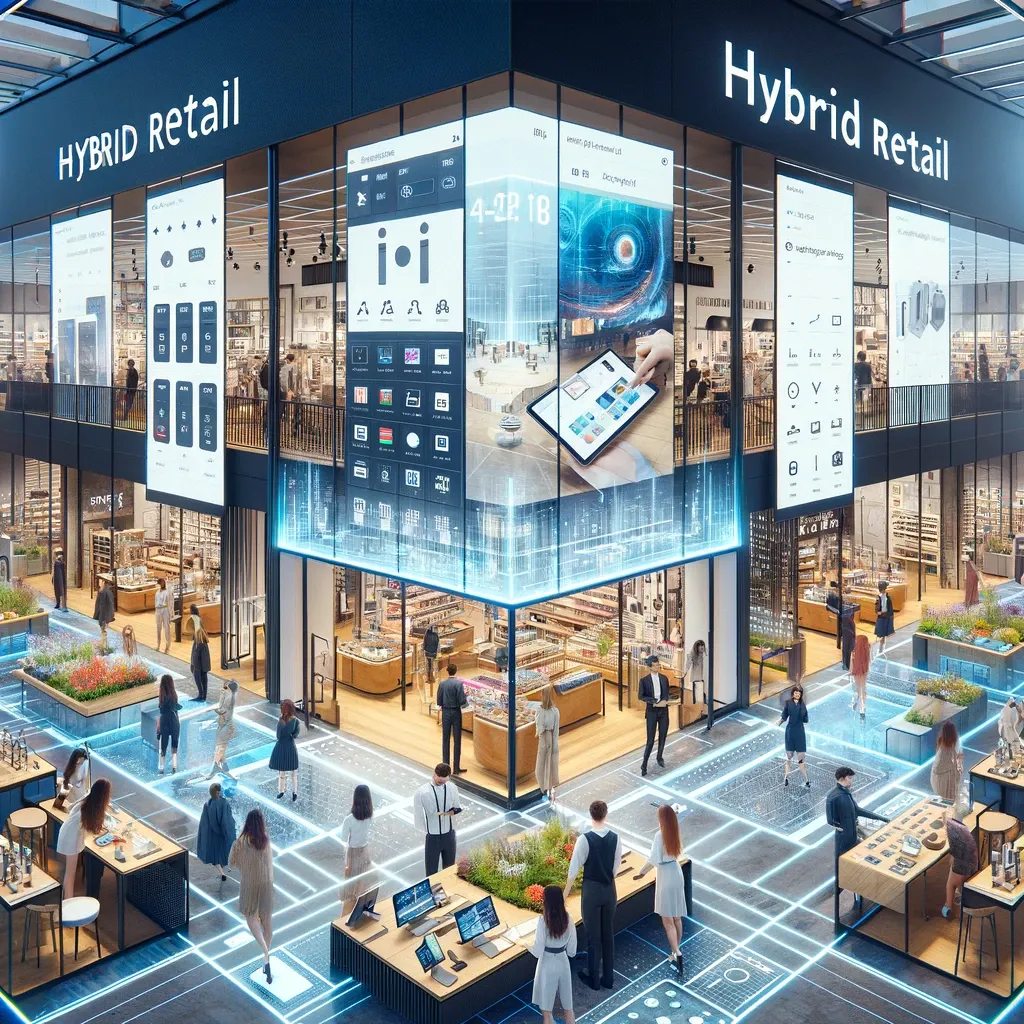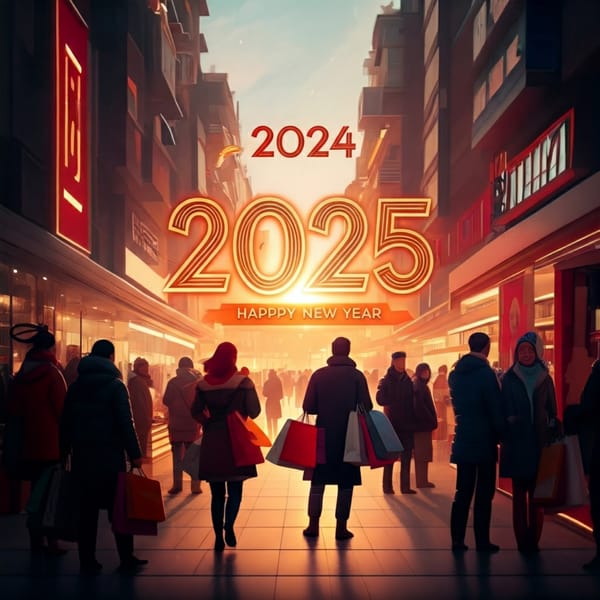Hybrid Retail Evolution: Bridging the Digital and Physical Divide

The landscape of retail is undergoing a significant transformation, driven by the integration of digital and physical shopping experiences. This hybrid retail evolution represents a strategic shift towards creating seamless omnichannel experiences that cater to the modern consumer's desire for flexibility, convenience, and personalized engagement. As we delve into this trend, we'll explore the implications for businesses and the strategies to navigate this new retail paradigm.
The Rise of Hybrid Retail
Hybrid retail combines the tactile, immersive experience of in-store shopping with the convenience and personalization of online commerce. This approach is gaining momentum as Direct-to-Consumer (DTC) brands expand into physical retail spaces while leveraging digital tools to enhance the in-store experience.
Key Drivers of Hybrid Retail
- Omnichannel Shopping Experiences: Consumers expect a seamless transition between online and offline channels. Retailers are responding by integrating their digital and physical operations, offering features like buy-online-pick-up-in-store (BOPIS) and real-time inventory visibility.
- Data-Driven Personalization: The use of digital technologies in physical stores allows retailers to collect valuable data on shopping behaviors, which can be used to personalize the shopping experience, both online and in-store.
- Enhancing Customer Engagement: By creating immersive and interactive in-store experiences that leverage digital tools, brands can deepen customer engagement and loyalty.
Strategic Implications for Businesses
- Investment in Technology: To facilitate a hybrid retail model, businesses must invest in technologies such as cloud-based POS systems, inventory management software, and customer relationship management (CRM) platforms.
- Designing for Flexibility: Retail spaces must be designed to accommodate both traditional shopping and digital interactions, with features like self-service kiosks, interactive displays, and areas for online order pickups.
- Training and Development: Staff should be trained to manage both online and offline customer interactions, ensuring a consistent and high-quality service experience across all touchpoints.
Case Studies
- Shopify POS: Retailers moving to Shopify often adopt Shopify POS for greater data connectivity between online and stores, enhancing the omnichannel experience.
- DTC Brands in Physical Retail: Brands like Warby Parker and Glossier have successfully transitioned from online-only to opening brick-and-mortar stores, using their physical spaces to complement their online presence and vice versa.
Future Outlook
The trend towards hybrid retail is set to grow as more businesses recognize the value of integrating digital and physical retail spaces. This evolution reflects a broader shift in consumer expectations and presents an opportunity for retailers to innovate and create more meaningful, personalized shopping experiences.
FAQs on Hybrid Retail Evolution
1. What is hybrid retail, and why is it important?
Hybrid retail is the integration of digital and physical retail experiences to offer customers a seamless shopping journey. It's important because it aligns with changing consumer behaviors, where shoppers expect the flexibility to interact with brands both online and in-store, enjoying the best of both worlds.
2. How can businesses implement a hybrid retail model?
Businesses can implement a hybrid retail model by leveraging technology to blur the lines between online and offline channels. This includes adopting omnichannel strategies, such as offering buy-online-pick-up-in-store (BOPIS) services, integrating digital catalogs in physical stores, and using data analytics to personalize customer experiences across all touchpoints.
3. What technologies are driving the hybrid retail evolution?
Several technologies are key to the hybrid retail evolution, including:
- POS Systems: Cloud-based POS systems that manage sales both online and in-store.
- Augmented Reality (AR): AR enables virtual try-ons and product previews.
- Internet of Things (IoT): IoT devices collect and analyze data to improve inventory management and customer service.
- Mobile Apps: Branded apps offer personalized shopping experiences and loyalty rewards.
4. How do physical stores benefit from adopting a hybrid retail strategy?
Physical stores benefit by attracting more foot traffic through online visibility, offering personalized in-store experiences based on online data, and increasing sales through various channels. Hybrid retail also enables stores to serve as fulfillment centers for online orders, enhancing operational efficiency.
5. Can hybrid retail help in customer retention?
Yes, hybrid retail can significantly enhance customer retention. By providing a seamless, personalized shopping experience across all channels, businesses can increase customer satisfaction, loyalty, and ultimately, retention. The convenience and flexibility of hybrid retail meet modern consumer expectations, encouraging repeat business.
6. What challenges might businesses face when transitioning to hybrid retail?
Transitioning to hybrid retail can present challenges, including the need for significant investment in technology, training staff to manage both online and in-store customer interactions, and ensuring consistency in brand messaging and customer experience across all channels.
7. How will the hybrid retail model evolve in the future?
The future of hybrid retail is likely to see even more personalized and immersive shopping experiences, powered by advancements in AI, AR/VR, and machine learning. We may also see an increase in localized fulfillment options and the use of blockchain for enhanced security and transparency in transactions.




